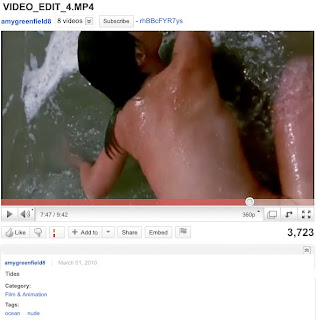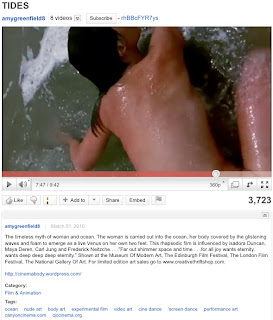Context Is King
Because YouTube is a platform for free expression of all sorts, we take great care when we enforce our Community Guidelines. We try to allow as much content as possible on the site and still ensure that the rules are followed. It is a delicate balancing act, and we depend on our uploaders to help.
Let us explain. Check out the two videos below. Notice anything different between them? Same content, right? Not quite.
Video #1
Let us explain. Check out the two videos below. Notice anything different between them? Same content, right? Not quite.
Video #1
Video #2
While the difference may appear insignificant, the context of the two videos is very different. In this case, the first video provides very little information, or context, about what the video is about, while the second video is much more instructive. Why does this matter? Because the video alone doesn’t always tell the whole story. A video’s title, description and tags are critical in how we apply our Community Guidelines.
It’s a balancing act. As you can see in the video examples above, it’s difficult to understand the intention of the uploader without the proper context. Why does understanding the intention of the uploader important? Well, generally speaking, nudity or graphic content is not allowed on YouTube. However, we do have exceptions for educational, documentary, scientific, and artistic content. In order for us to determine whether an exception applies, we need your help. The more information you provide, the clearer your intentions will be.
Give as much context as possible. Your video’s title, description and tags are a great way to provide context to your videos. When our team reviews flagged content, titles or tags like “performance art piece" or "street riot in Jakarta" helps us understand the context of the material you're uploading.
Here are some tips on how to surround your videos with as much context as possible:
- Provide an informative, relevant title.
- Try to add some specific information into the description: who is in the video, what is happening, where and when did it happen, and why.
- If you have a website (or know of one) that provides more detail about the content, such as a related news story or artist statement, feel free to direct viewers to it.
- Think about your audience. What are you trying to accomplish through your content? Help inform and educate the viewer.
- You can also add detail directly onto the video itself, using our annotations tool.
- Even if you’re uploading from your phone, we ask that you try to provide as much context as possible.
Everyone makes mistakes. If your content is removed from the site and you feel it was in error, you have the ability to appeal the decision. To learn more about the appeal process, check out this page in our Help Center. And remember, context is king. The more detail you provide viewers upfront, the more likely everyone will understand your intent and the less likely it could be removed.
We hope this post gives you more insight into how we review content on YouTube. Our mission is to empower our users to share, educate, entertain and inform. Help us help you in that goal.

